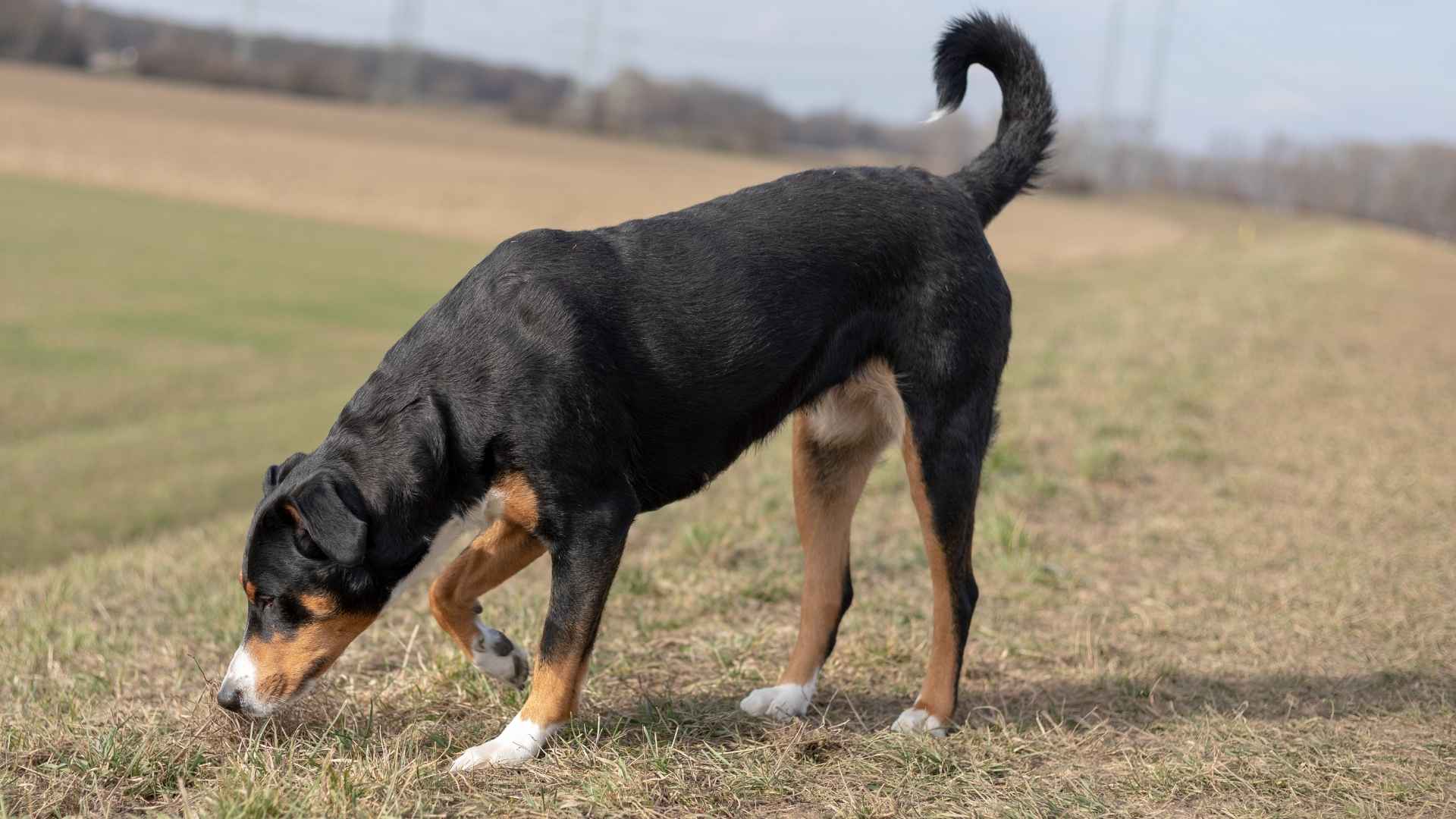When it comes to sniffing out success, some dogs are simply born with a nose that knows. Welcome to the world of scent trials—where canine competitors don’t chase balls, they chase smells. And let’s just say, not all snouts are created equal.
Domestic dogs (Canis familiaris) possess outstanding canine olfaction abilities that are extensively employed in various human roles. They assist customs, police, and military forces through scent discrimination, and their keen noses are also valuable in guarding, hunting, detecting mold, locating missing people or animals, and supporting individuals with disabilities.
These scent-savvy breeds turn every walk into a tracking mission and every game into a full-blown investigation. Whether it’s for fun, work, or sport, these dogs live to follow their nose—and they do it with style, speed, and surprising precision.
Today, we’re spotlighting the breeds that dominate the scent trial scene. From hunting roots to modern-day search-and-rescue, these canines are the masters of nosework, winning titles and turning heads in every arena.
Get ready to meet the dogs who sniff their way to the top—because for them, success always smells sweet.
Dog Breeds That Dominate Scent Trials
1. Belgian Malinois
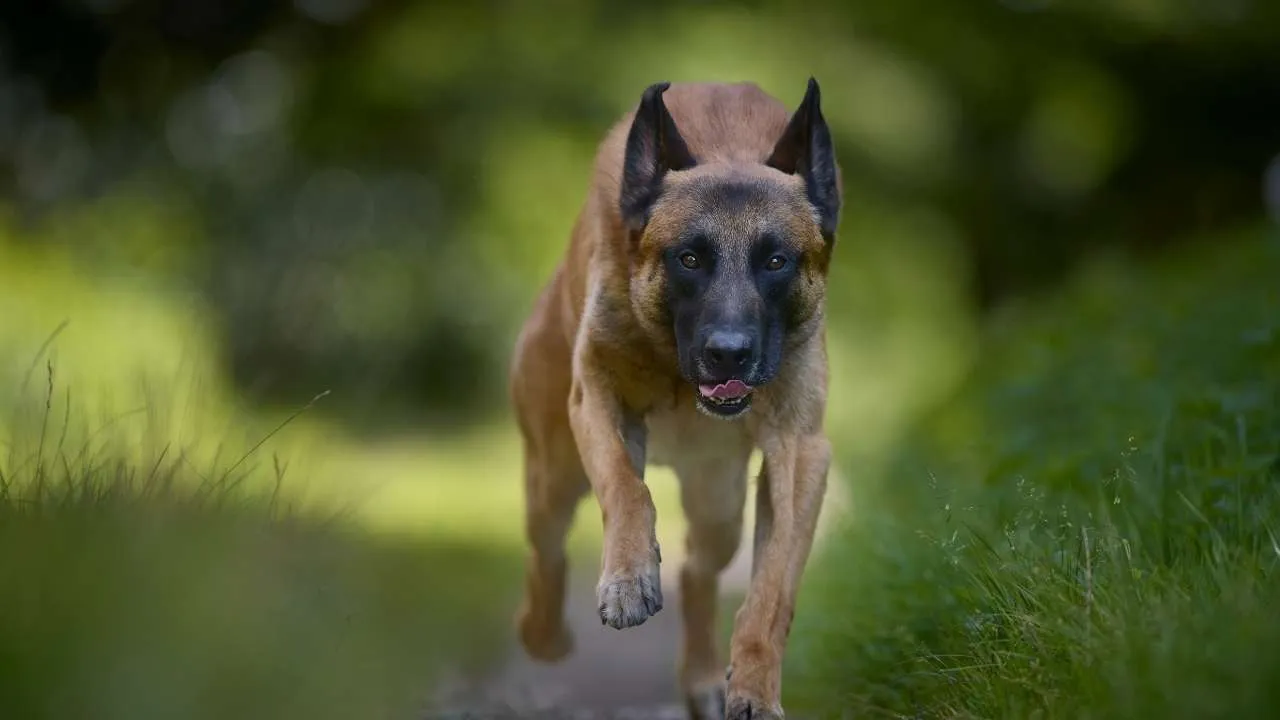
Belgian Malinois are the superheroes of the working dog world — fast, smart, and insanely alert. These dogs don’t just like to work; they need it to feel happy and balanced
Whether it’s protecting their humans, sniffing out danger, or mastering complex training drills, Malinois bring serious intensity and dedication to everything they do.
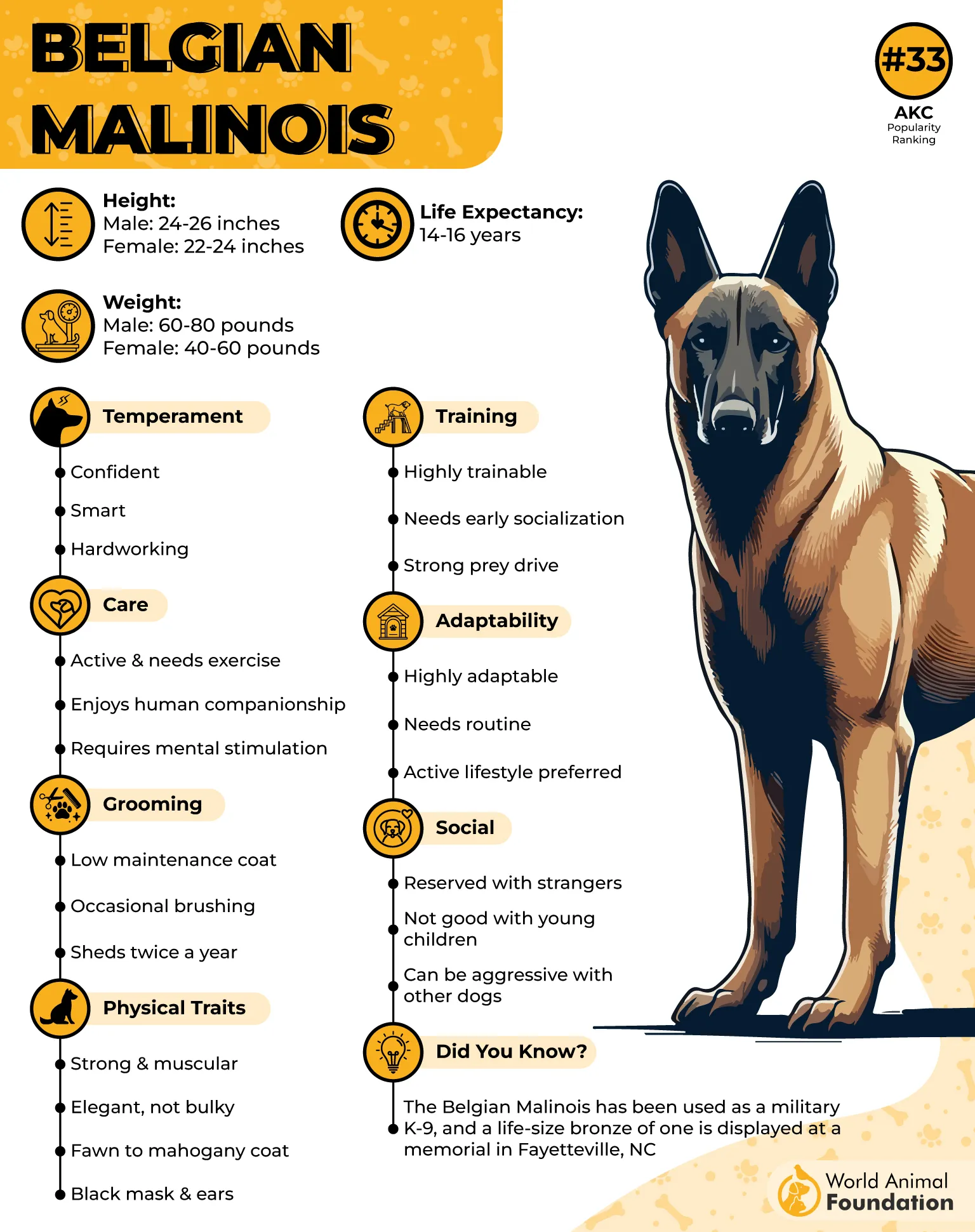
Their lean, athletic build makes them lightning-fast, while their razor-sharp minds help them stay two steps ahead. It’s no wonder elite military and police units around the globe trust these dogs with some of their toughest jobs.
But don’t be fooled — under all that work, drive is a loyal, loving companion who thrives on strong bonds and purposeful play.
Why Belgian Malinois dominate the scene:
High-energy athletes are built for speed and stamina
Exceptionally smart with laser-sharp focus
Thrives on mental and physical challenges every day
Loyal protectors who form strong bonds with their handlers
Malinois mood: “Give me a mission, and watch me crush it — then maybe a quick cuddle?”
2. Labrador Retriever
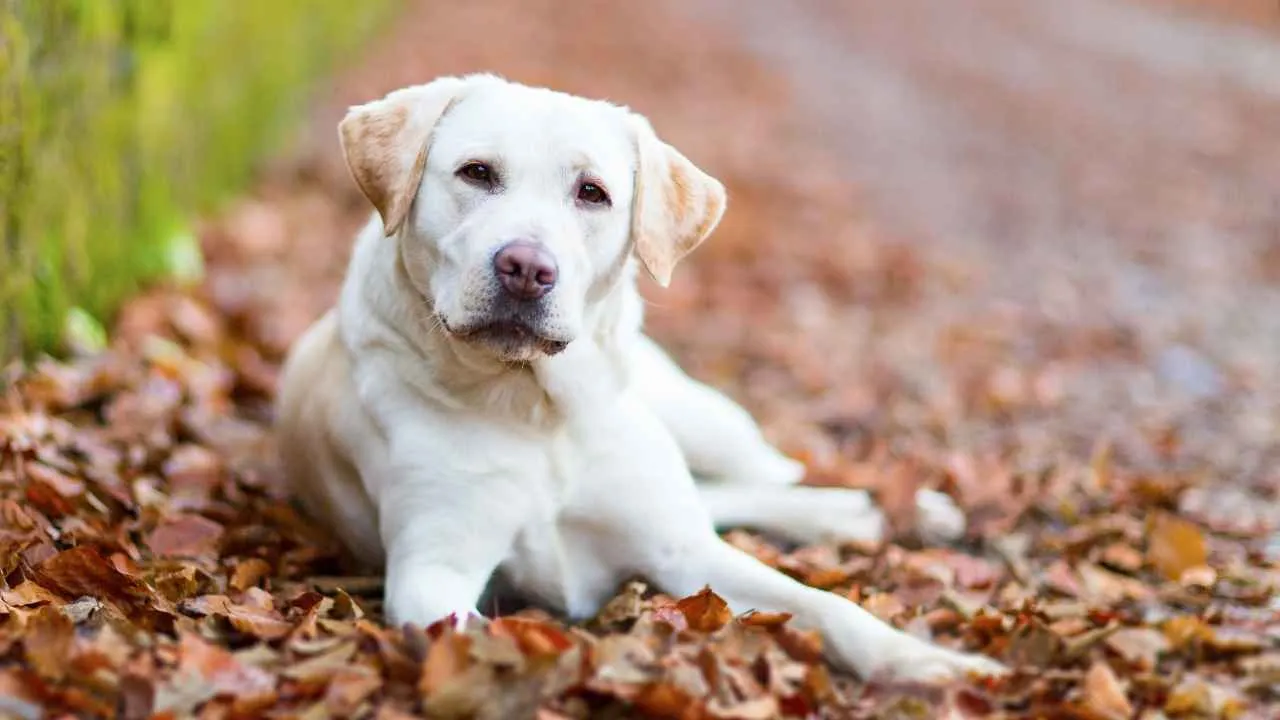
Labrador Retrievers aren’t just America’s favorite family dog — they’re also scent superstars with a nose built for serious work.
Originally bred to help fishermen retrieve nets and catch, Labs have an incredible ability to track scents over long distances. Their keen noses and eager-to-please attitude make them top contenders in scent trials, search-and-rescue missions, and therapy work.
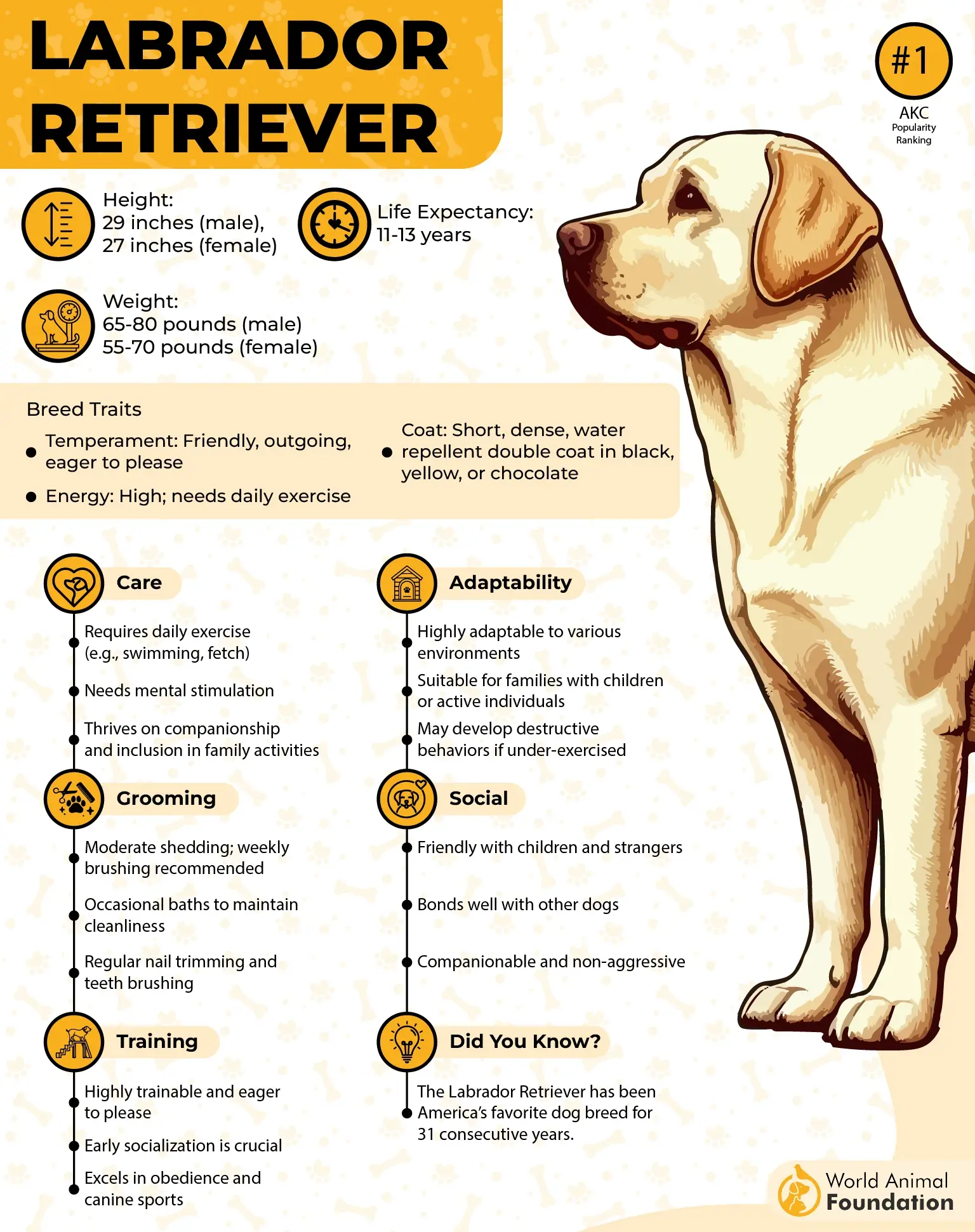
Labs bring a perfect mix of smarts, stamina, and friendliness. They’re the kind of dog who’ll happily spend hours sniffing out a hidden treat, then come back wagging their tail, ready for a belly rub or a game of fetch. Their gentle, loyal nature makes them beloved by kids and adults alike.
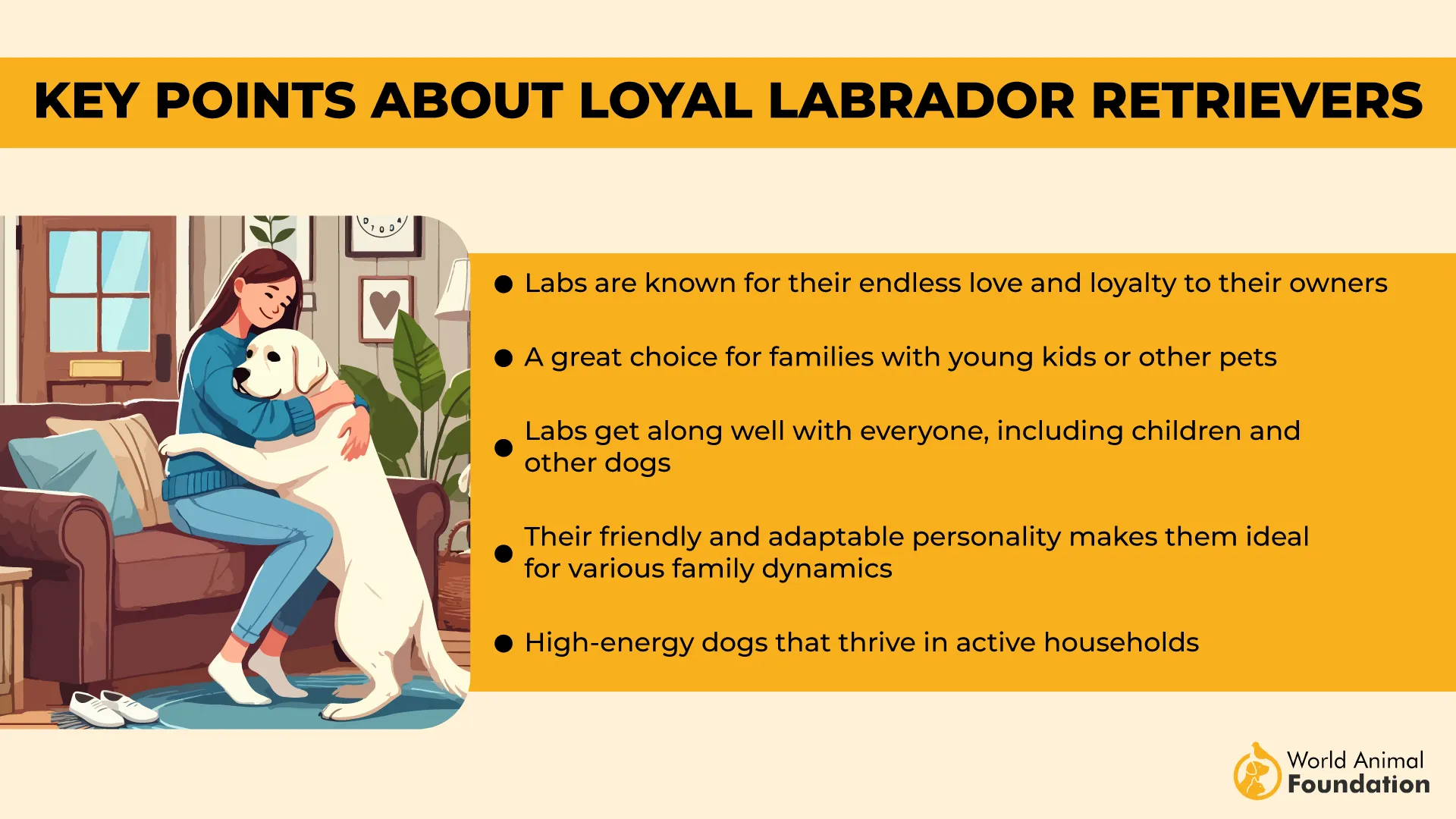
Why Labradors rule the scent game:
Powerful noses trained to detect and retrieve
Super friendly and motivated by rewards and praise
Endurance champs with tons of energy to burn
Smart and trainable, thriving on teamwork and challenges
Labrador vibe: “I found it! Now, how about a treat and some cuddles?”
3. Beagle
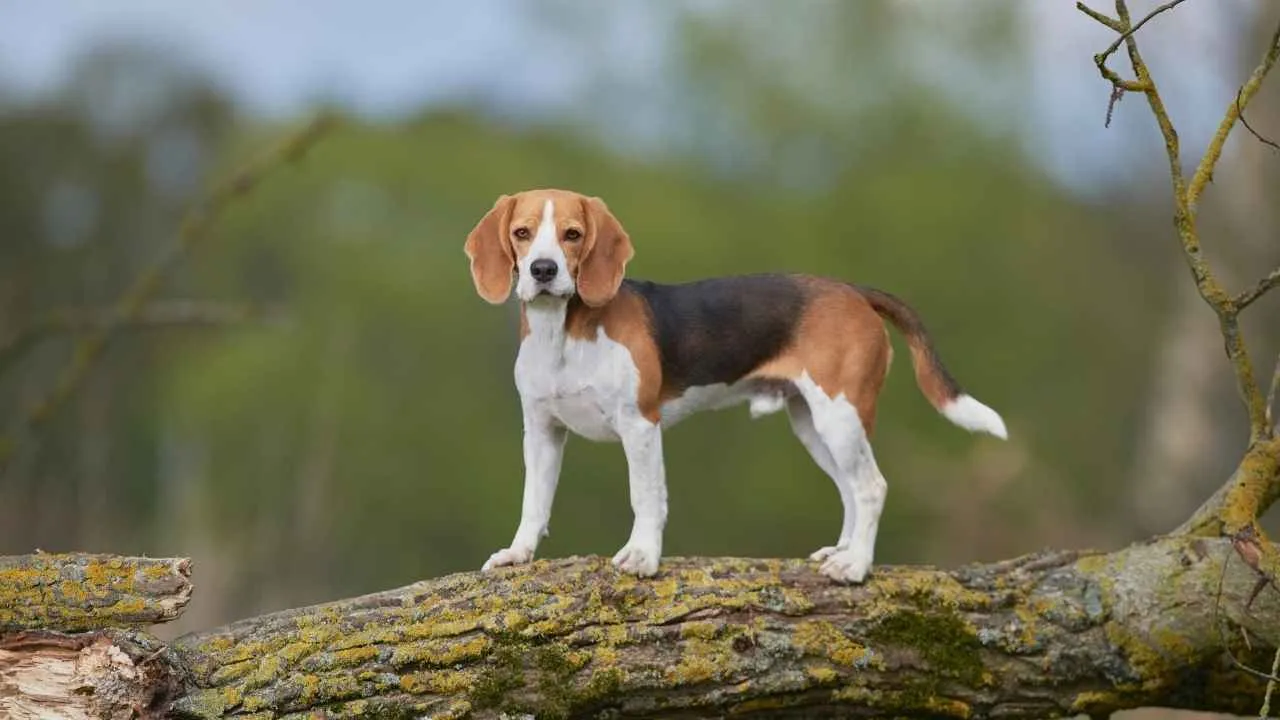
Beagles are basically the canine version of Sherlock Holmes — if Sherlock were fueled by snacks and had floppy ears.
These small hounds have noses that can track scents with amazing precision, making them natural detectives on the scent trail. Whether it’s a hidden treat or a lost toy, the Beagle’s curiosity and determination mean they’ll find it… eventually (or until something more interesting smells by).
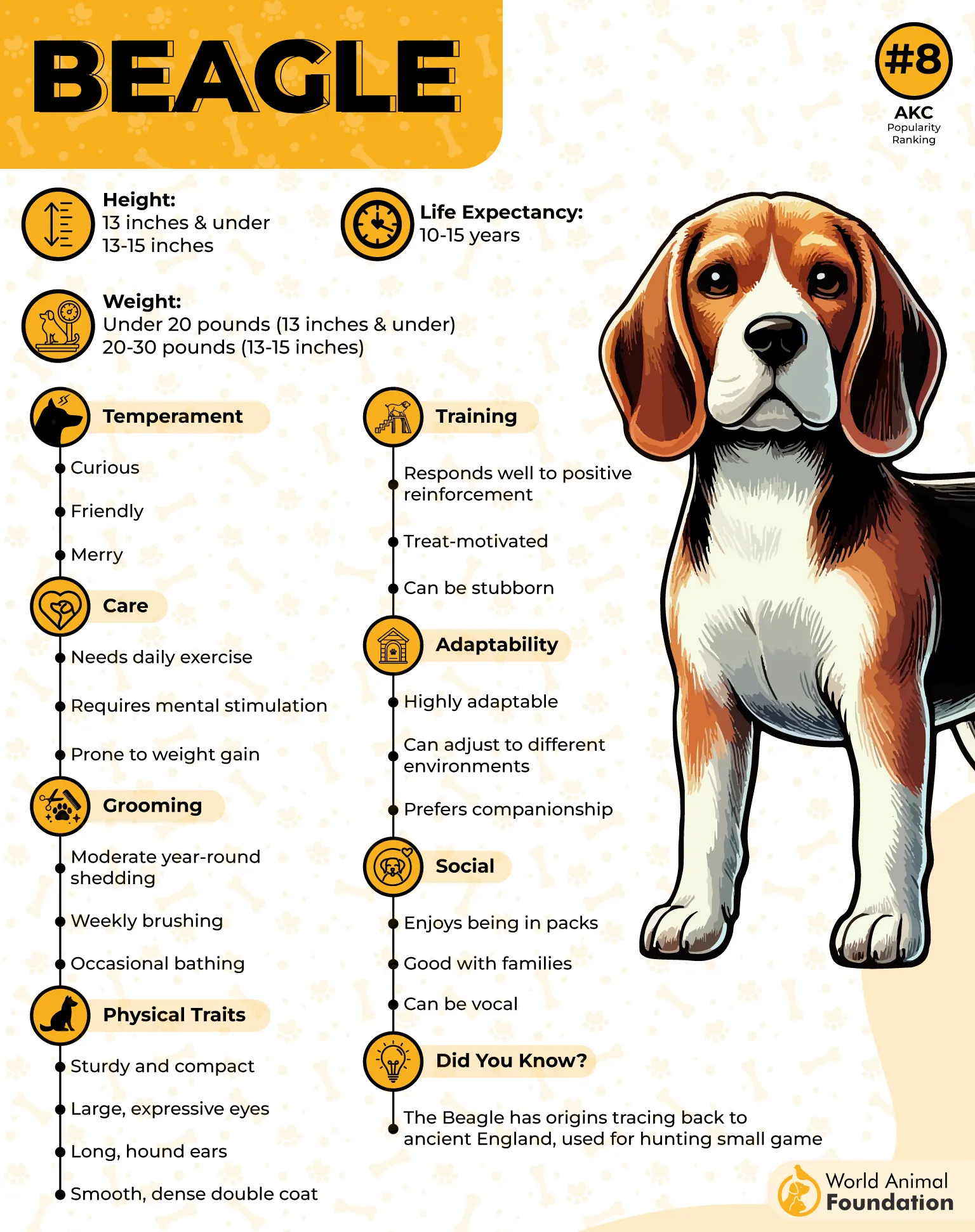
With around 220 million scent receptors—compared to our mere 5 million—Beagles have an extraordinary ability to detect smells. Humorist Dave Barry once jokingly described his in-laws’ Beagle as “a nose with feet.”
This remarkable sense of smell has even earned Beagles roles at airports, where they patrol baggage claim areas to sniff out prohibited food items.
Why Beagles are scent champions:
Legendary tracking ability thanks to an ultra-sensitive nose
Boundless curiosity and enthusiasm for sniffing adventures
Vocal communicators — expect plenty of howls and baying while they work
Playful, friendly, and always ready to explore
With their cheerful barks and wagging tails, Beagles bring joy and energy to any home. But be warned: once that nose hits a scent, it’s game on — so keep an eye on where they wander!
Beagle vibe: “I’m onto something… or maybe just lunch. Either way, I’m sniffing it out!”
4. Jack Russell Terrier
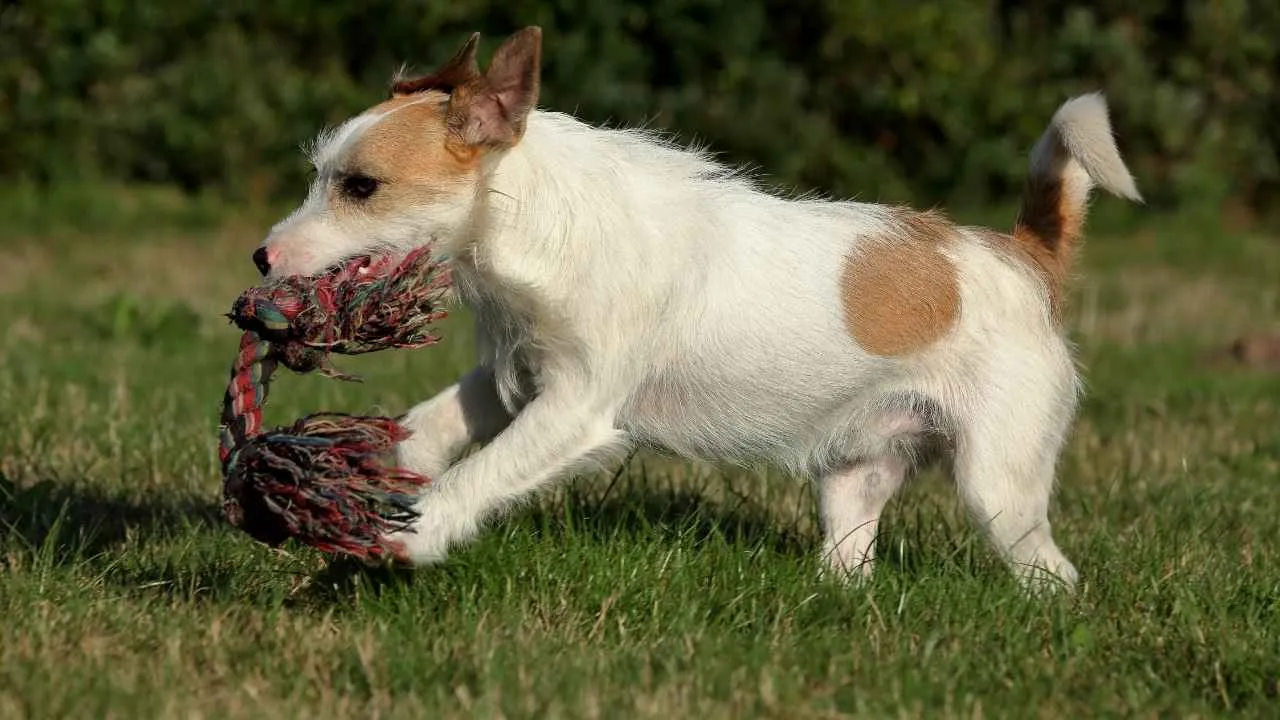
Don’t let their small size fool you — Jack Russell Terriers are fierce little scent hounds with energy levels that could power a small city.
Originally bred for fox hunting, these pups use their sharp noses and lightning-fast reflexes to track and flush out their quarry with gusto. Their intelligence and drive mean they love any chance to put their sniffing skills to the test.
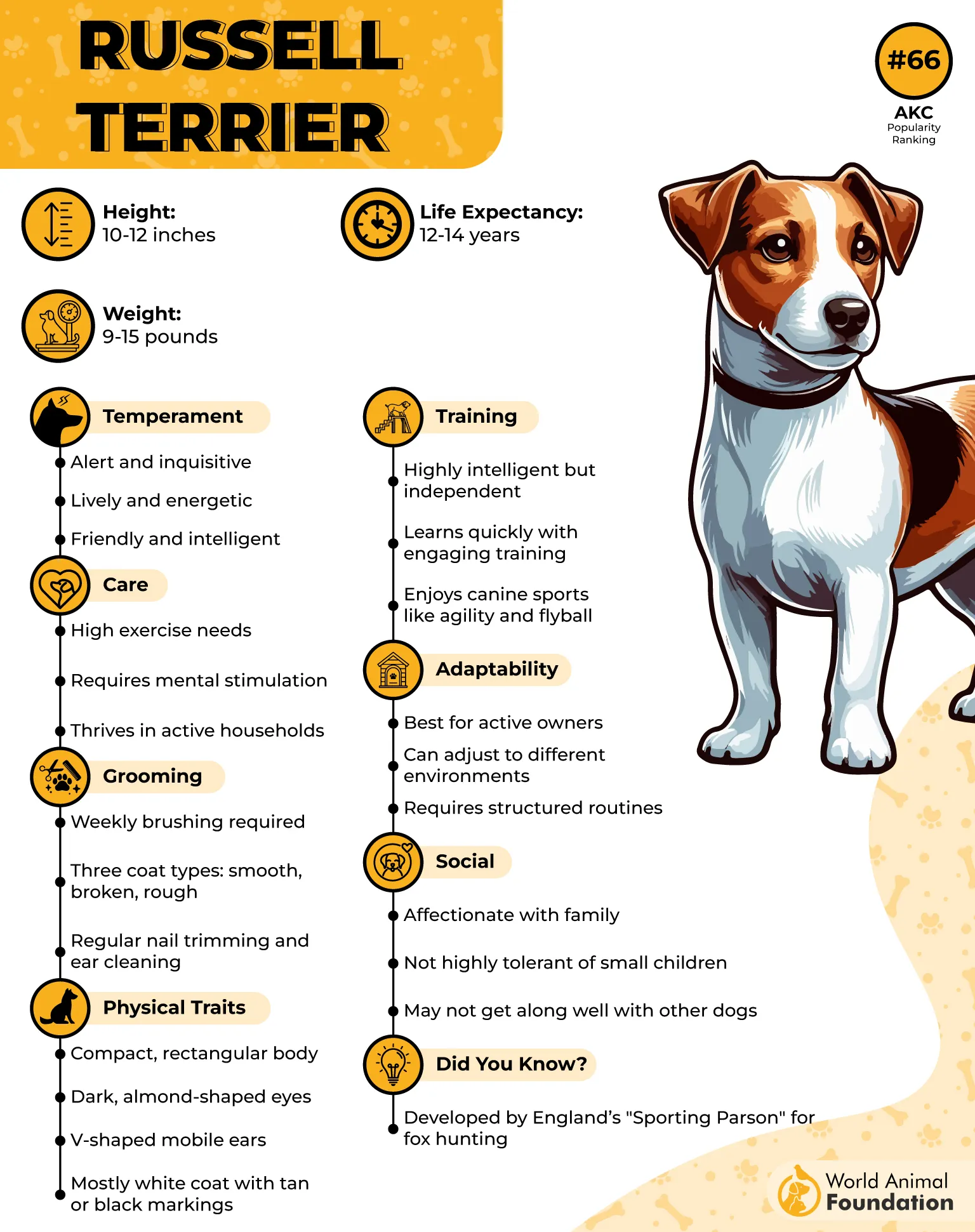
Jack Russells are high-energy, smart, and sometimes a bit stubborn — but that’s all part of their charm. They thrive on challenges and mental stimulation, so scent trials are right up their alley.
Why Jack Russells’ rock scent work:
Tireless trackers with noses that don’t quit
High-energy bundles of enthusiasm and smarts
Fearless and confident, always up for a challenge
Small but mighty, with personalities twice their size
Jack Russells thrive on energetic activities like fetch, tug-of-war, and catch. They particularly love mastering tricky commands and excelling in agility courses. This breed shines in dog sports such as agility, lure coursing, dock diving, Frisbee, obedience, and nose work.
At home, a securely fenced yard is essential since they’re skilled jumpers, climbers, and diggers. As per Britannica, Jack Russells can be wonderful companions for people of all ages, their high energy levels might be overwhelming for those who prefer a quieter, more relaxed lifestyle.
5. Basset Hound
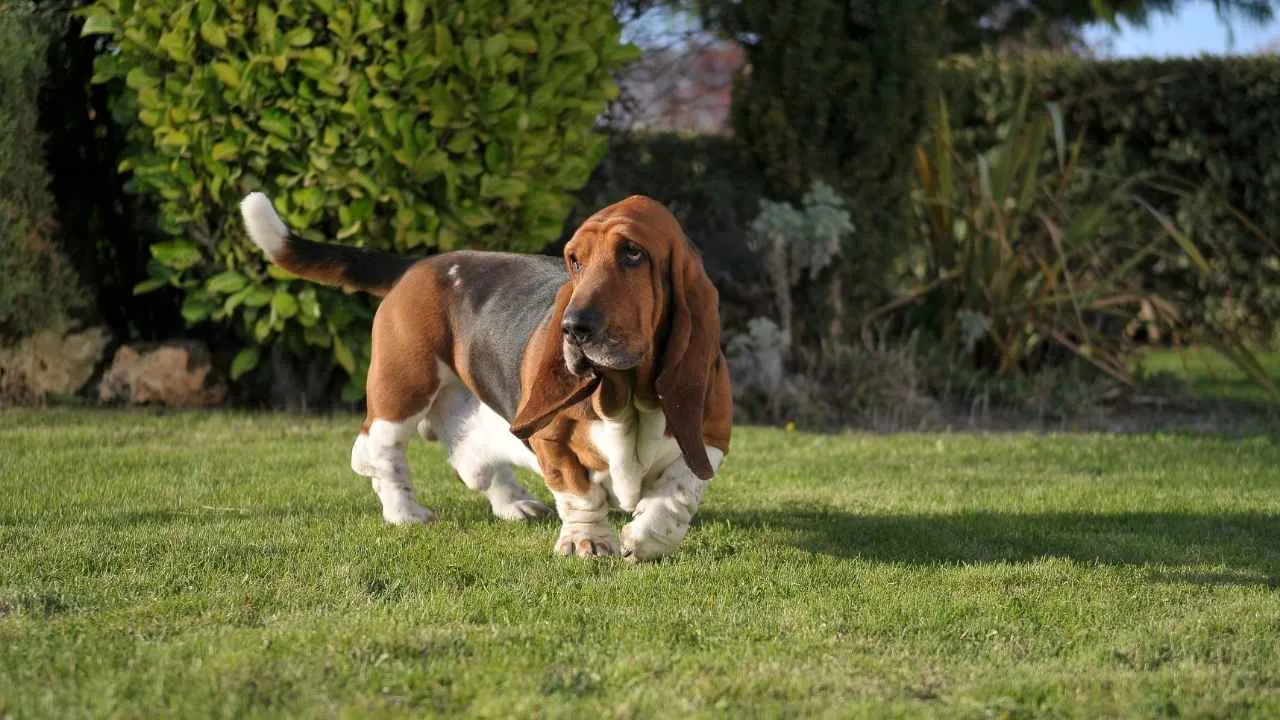
Basset Hounds are the laid-back detectives of the scent world—built low to the ground with noses so powerful, they could sniff out a cookie crumb from a mile away.
Basset Hounds have the second-best noses in the canine world, surpassed only by the Bloodhound. They were specifically bred for incredible scenting and tracking abilities, able to easily pick up prey scents and follow them for hours without tiring.
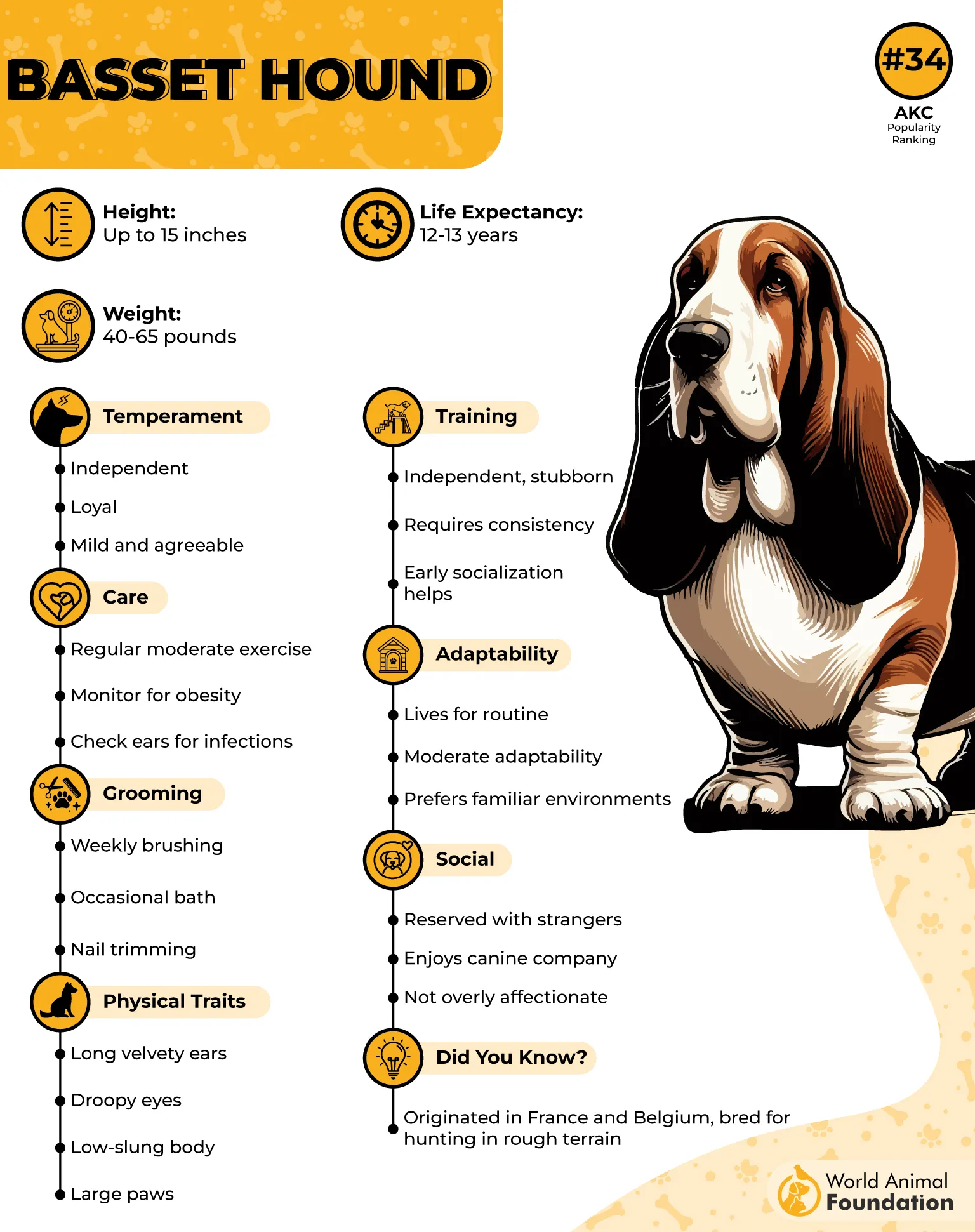
Those droopy ears? Not just adorable—they actually help sweep scent particles up towards their nose, making them scent-tracking pros. While they may look like they’re just chilling, don’t be fooled. When that nose kicks in, the world becomes their mystery to solve.
They’re famously stubborn (because sniffing out a trail takes focus), but also incredibly affectionate and easygoing companions. Perfect for anyone who loves a dog with a relaxed attitude and a nose that never quits.
Why Bassets rule scent trails:
Super-sensitive noses that follow scents with laser focus
Long ears that help funnel smells right where they need to be
Stubborn streak? Sure. But it’s just their way of saying “I’m on the case.”
Friendly, mellow, and a bit of a lovable couch potato when not tracking
WebMD says these dogs also have achondroplasia—a form of dwarfism—that gives them their famously short legs. This unique body structure means that jumping is risky for Basset Hounds, especially puppies and older dogs.
Even a single jump can lead to serious injuries like broken limbs or spinal damage. To keep them safe, ramps are often used to help Basset hounds avoid jumping off furniture or into cars.
Basset vibe: “I’m taking the scenic sniff route… but I’ll get there eventually, promise.”
6. Doberman Pinscher
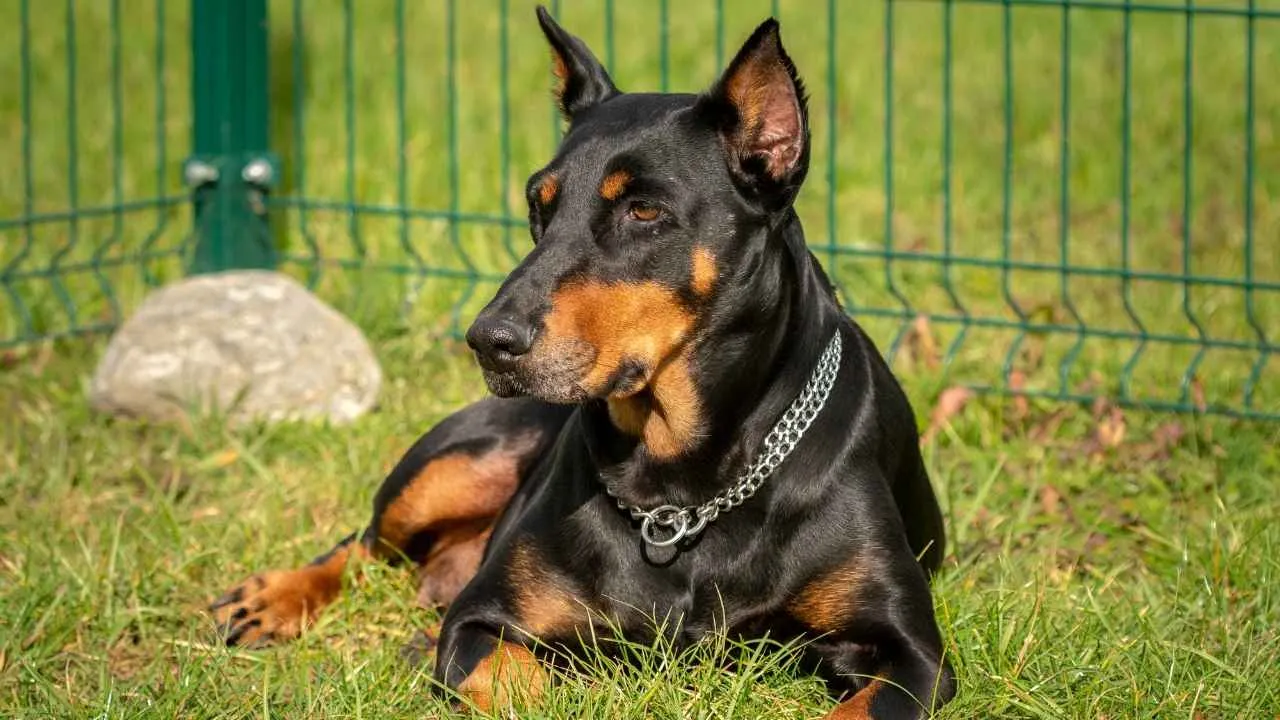
Dobermans bring the perfect mix of brains, speed, and scent power to the table. The Doberman Pinscher likely originated from crossing Old German Shepherds (a now-extinct breed distinct from today’s German Shepherds), German Pinschers, Black and Tan Manchester Terriers, and Greyhounds.
As a large breed, Dobermans usually stand between 24 and 28 inches tall and weigh anywhere from 60 to 100 pounds. These lean, athletic dogs don’t just rely on their looks — their noses are finely tuned for tracking, making them top contenders in scent trials.
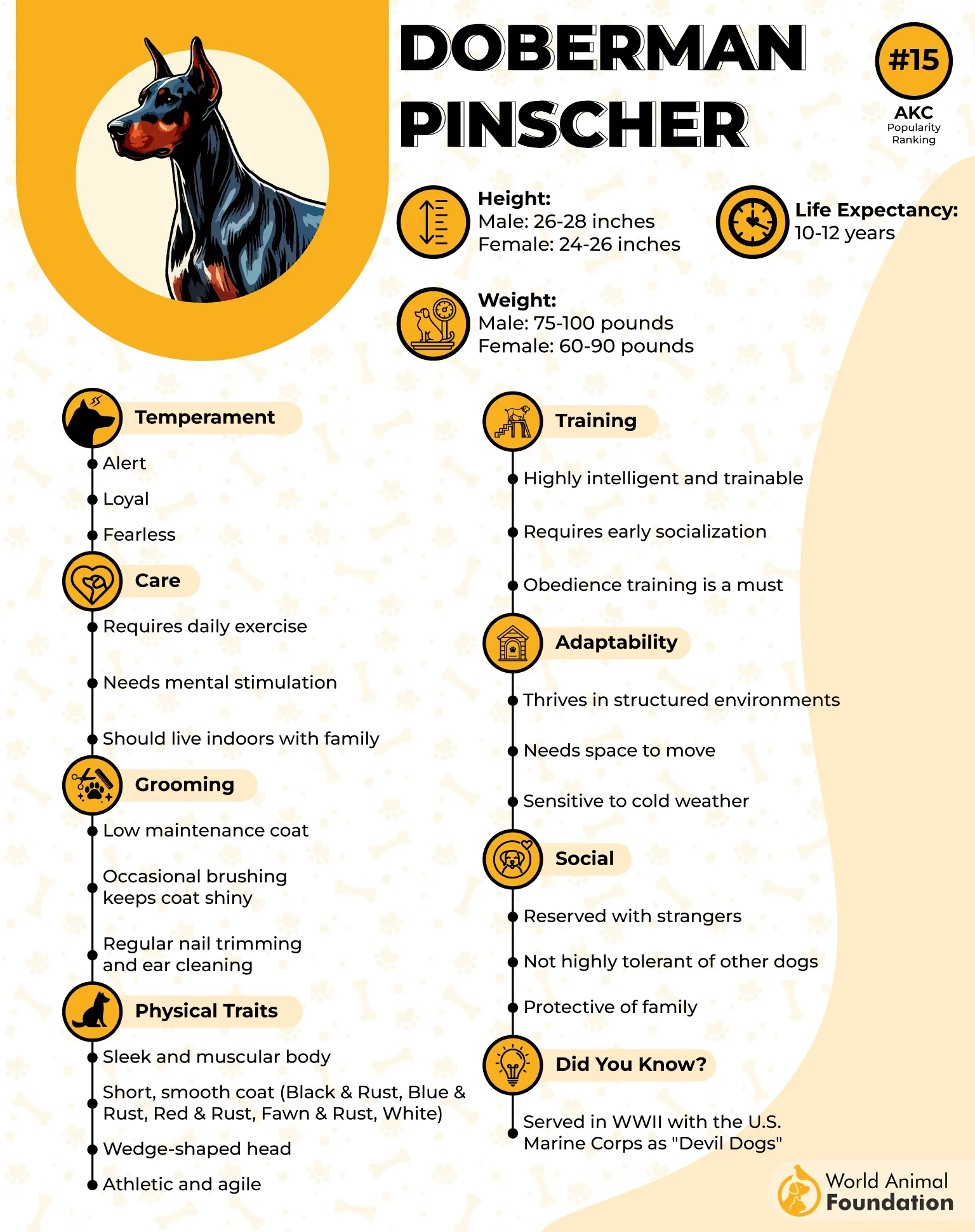
Fast learners and eager workers, Dobermans take their jobs seriously, whether that’s sniffing out clues or shadowing their favorite humans.
With their fearless attitude and intense focus, Dobermans are always on the move, ready to solve the next big mystery or keep their family safe. Just don’t let them get bored — their boundless energy demands mental and physical challenges!
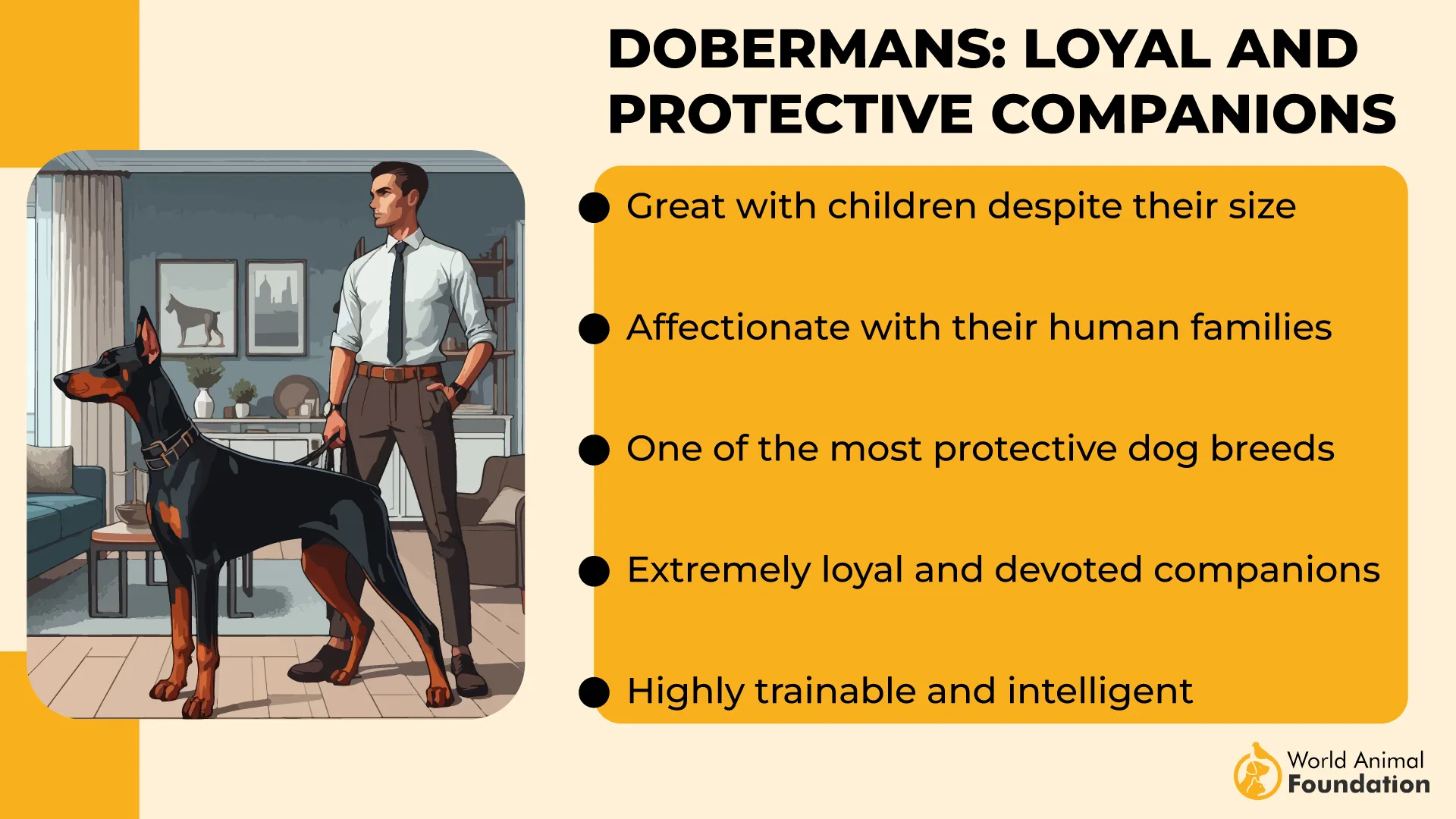
Why Dobermans shine in scent work:
Quick thinkers with a sharp sense of smell
High energy and drive to stay engaged in any task
Loyal and protective, making them serious scent pros and family heroes
Known for their intelligence and vigilance, Dobermans are loyal dogs often kept as family companions. They’re also widely used in roles such as security, police work, and search and rescue.
Doberman vibe: “I’m on the trail and closing in — no distractions, just results.”
7. Bloodhound
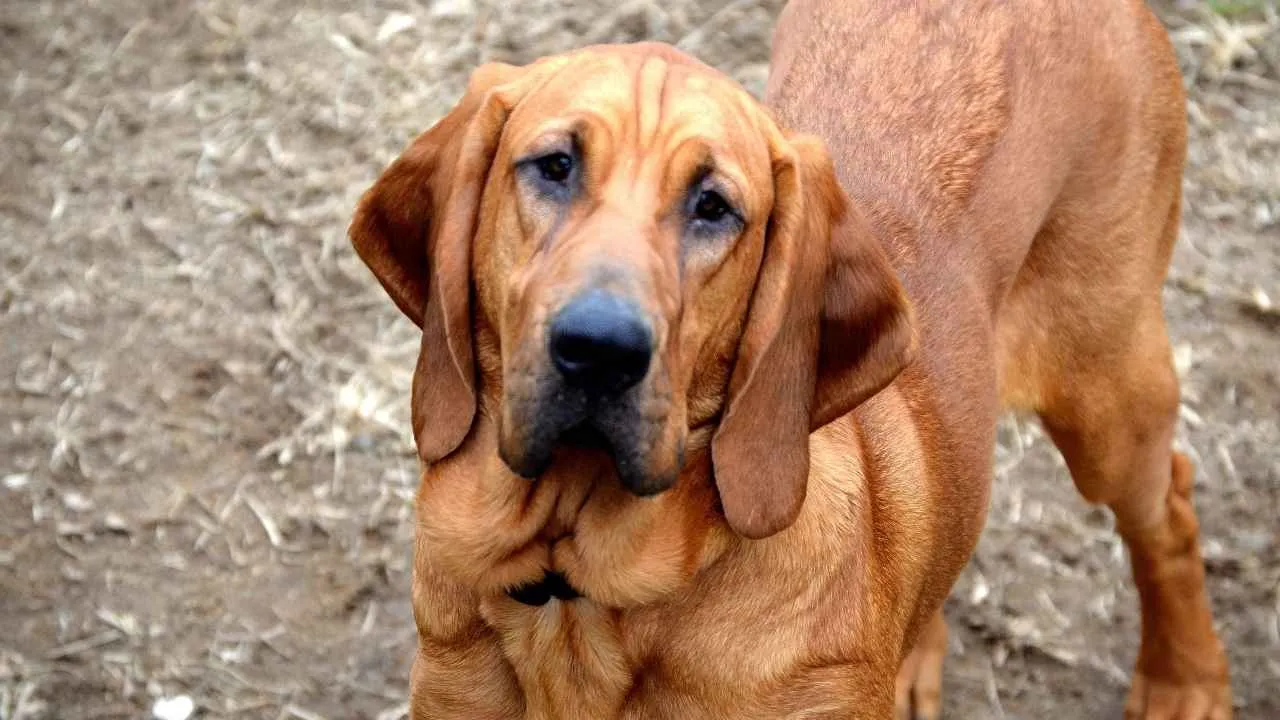
Bloodhounds are the legendary detectives of scent work, with noses so sensitive they could probably track your lost keys… or your missing snack stash.
Bred to follow scent trails that are days old, these droopy-eared sleuths have a natural talent for solving mysteries—whether it’s finding a lost person or just sniffing out who left that suspicious smell on the couch.
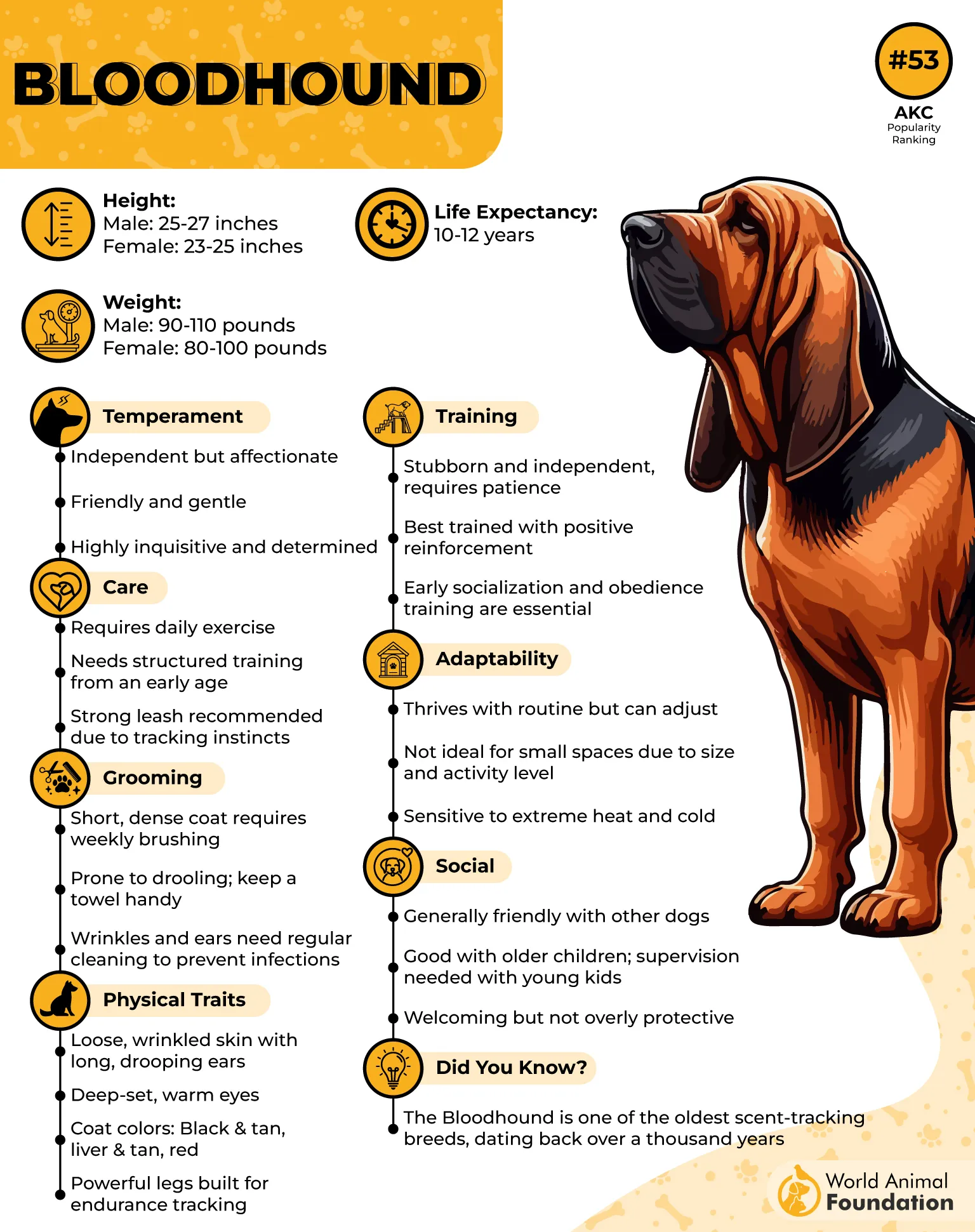
These large dogs typically weigh between 80 and 110 pounds and stand 23 to 27 inches tall. Their distinctive long, droopy ears and loose skin folds—especially around the face—give them a serious, thoughtful look.
With their long ears flapping as they work and soulful eyes that say, “Trust me, I’ve got this,” Bloodhounds are the ultimate scent trial champions. They may be stubborn (because when you’re on a trail, nothing else matters), but their gentle and affectionate nature makes them lovable detectives at home too.
Why Bloodhounds Rock Scent Trials:
Incredible tracking ability that can follow scents days old
Endurance for long and challenging scent trails
Gentle, affectionate, and surprisingly laid-back when off-duty
Purina says the Bloodhound’s extraordinary sense of smell has earned it a reputation as one of the most skilled trackers around. Once it picks up a scent, this determined dog will relentlessly follow it until the trail ends.
Bloodhounds are social pack animals who thrive on companionship, getting along well with other pets and children when properly introduced early on. With the right family, they make loving and devoted pets.
8. German Shepherd
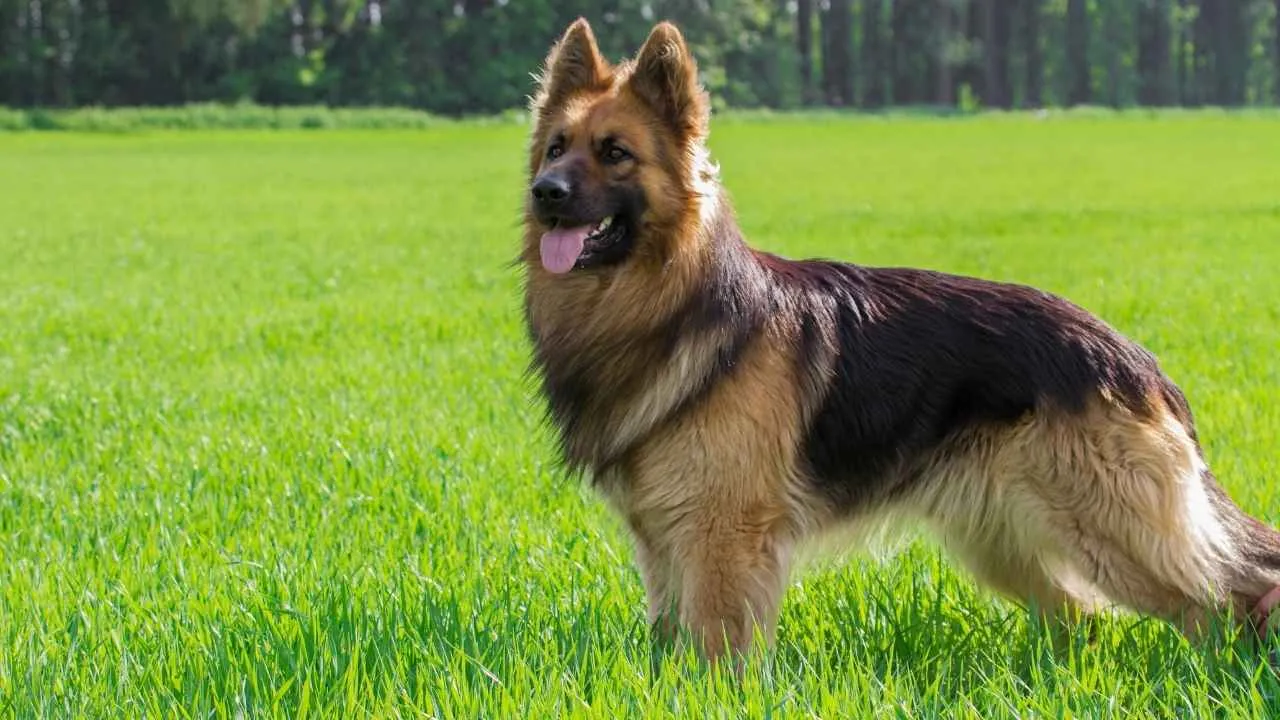
German Shepherds are like the Swiss Army knives of the dog world — smart, versatile, and absolutely obsessed with pleasing their humans. They excel in scent work, police dog duties, search and rescue, and basically any task that needs brains, brawn, and a nose for business.
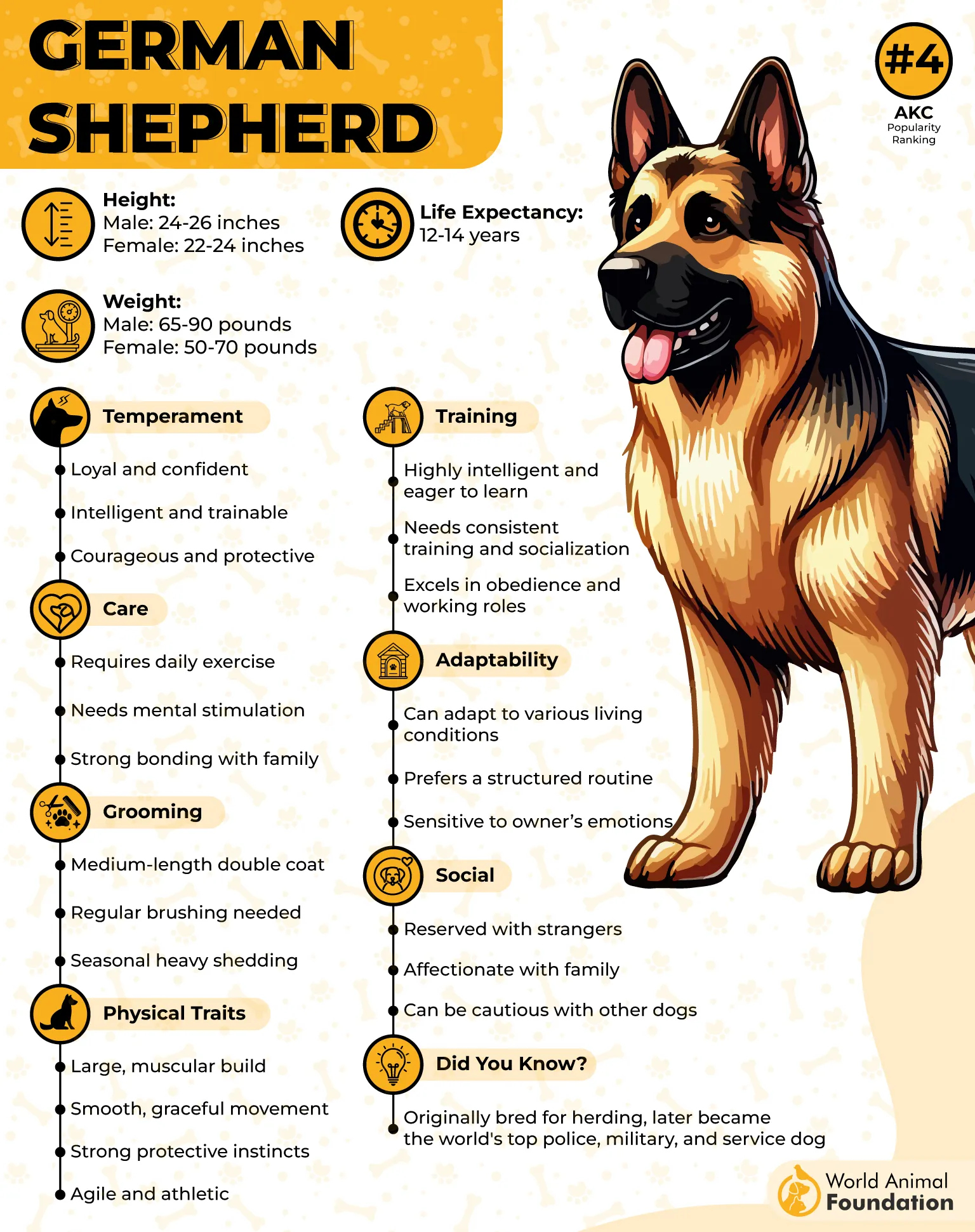
Known for their loyalty and work ethic, German Shepherd dogs take scent trials seriously and love the mental challenge. They combine intelligence with athleticism, making them superb trackers who won’t quit until the job is done.
Plus, their protective nature means they’re always alert and ready to jump into action — a perfect scent trial partner with a bit of superhero flair.
Why German Shepherds dominate scent work:
High intelligence and eagerness to learn complex tasks
Strong drive and determination to track scents accurately
Versatile and adaptable in different working environments
Loyal and protective, always by your side
Due to their heritage, German Shepherds have a powerful instinct to chase and should always be kept on a leash or within a securely fenced area when outdoors. Without proper containment, they might bolt after squirrels, rabbits, or cats.
It’s essential to begin socializing your German Shepherd puppy early with other dogs and enroll them in obedience classes. This lays the groundwork for raising a well-adjusted and well-behaved adult dog.
9. English Foxhound
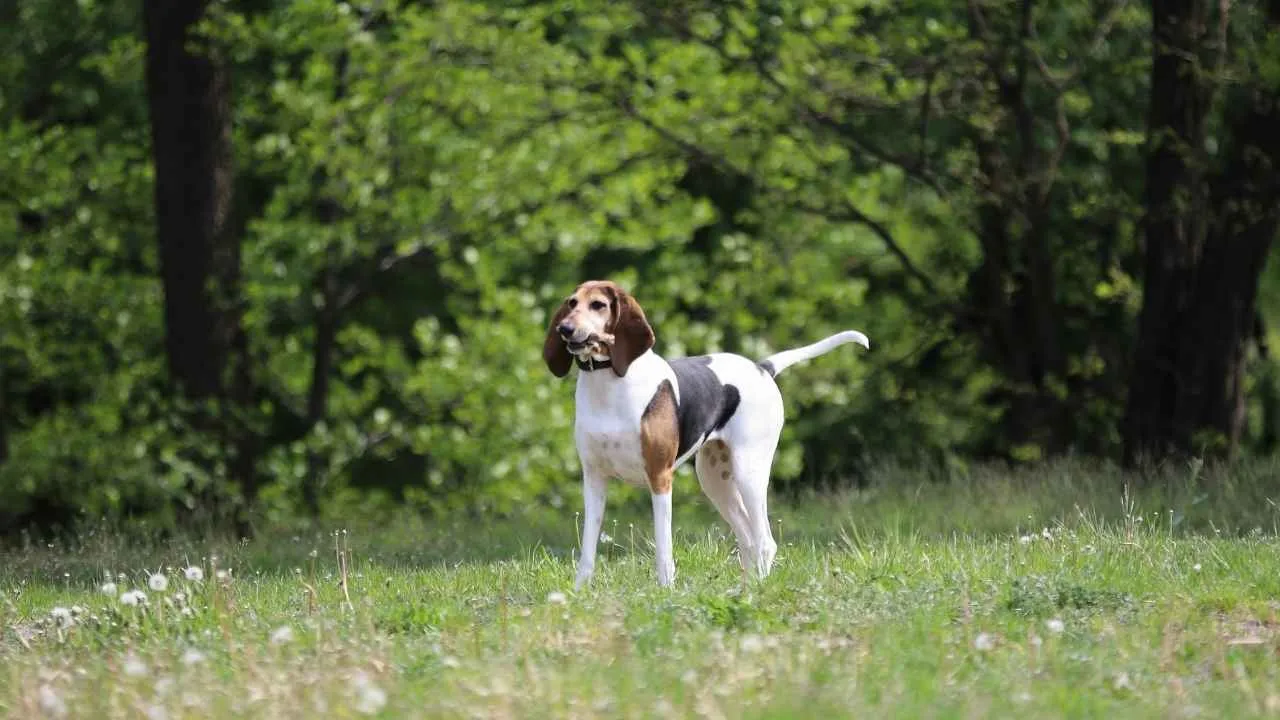
If sniffing out a trail were an Olympic sport, the English Foxhound would be standing on the podium with a gold medal around its neck — probably sniffing the medal, too.
This classic British hunting dog has been bred for centuries to track foxes over sprawling countryside, making them absolute pros at scent work and endurance.
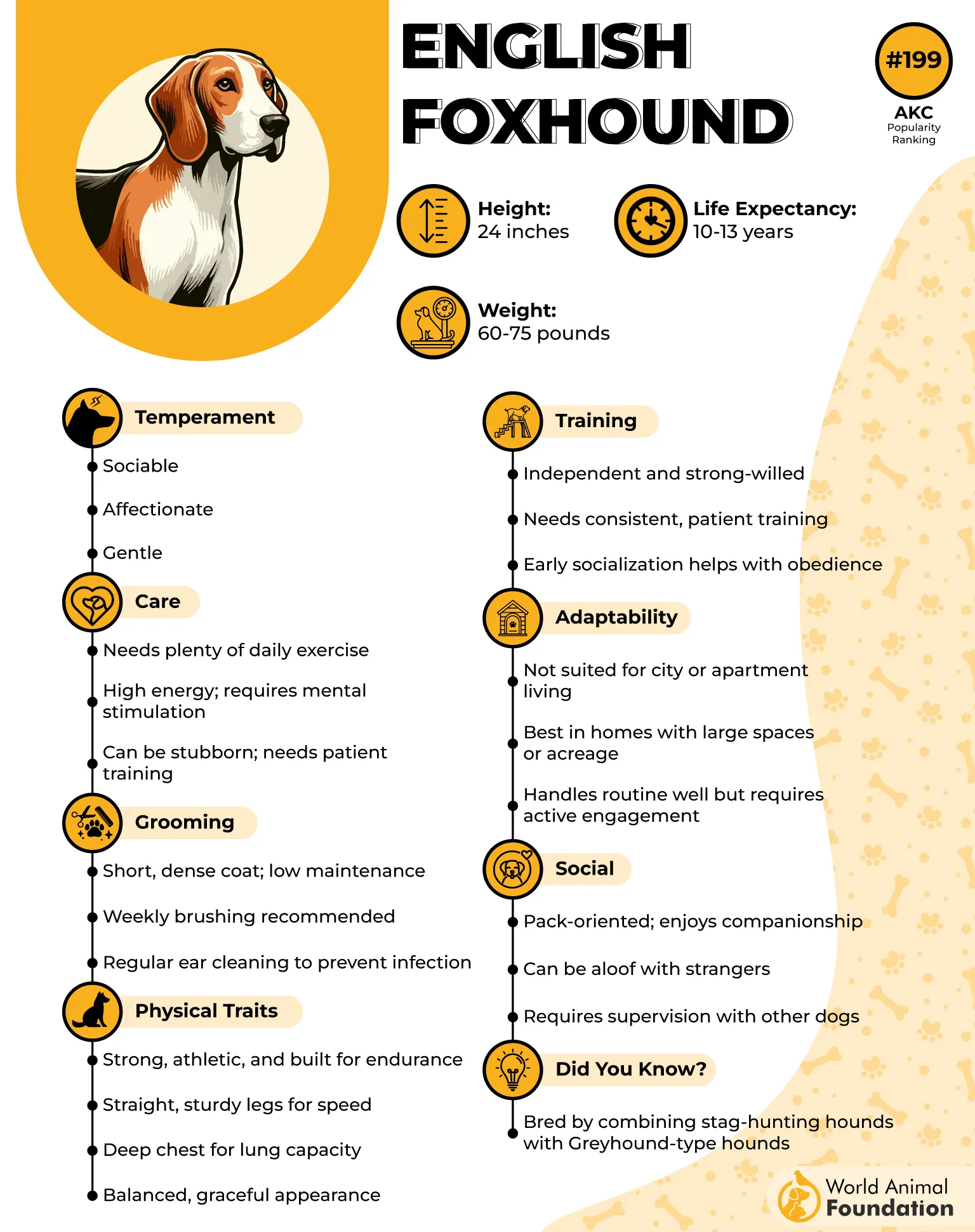
Don’t let their laid-back, easygoing demeanor fool you — when the scent hits the wind, this breed switches into serious detective mode. With a powerful nose, boundless stamina, and a pack mentality, they work like a well-oiled sniff machine that loves teamwork as much as the chase itself.
English Foxhounds are friendly and sociable, often described as the extroverts of the hunting dog world. They get along great with other dogs, making them perfect for group scent trials or just being the life of the dog park.
Why English Foxhounds are scent trial royalty:
Built to cover miles without breaking a sweat
Super-powered noses fine-tuned by centuries of fox hunting
Social butterflies who love working in packs and making new dog friends
Calm and even-tempered when not on “sniff mode” — great family dogs too
Their strong prey drive can lead them to chase smaller pets. It’s important to supervise any interactions with cats, small dogs, or other animals until you’re confident that everyone is comfortable and safe together.
Foxhound vibe: “I’m on the scent — and nothing’s getting past me today. Also, did you bring snacks?”
Conclusion
Dog breeds that dominate scent trials combine canine olfactory sensitivity with intelligence, problem-solving skills, and personality traits shaped by selective breeding. Other breeds like the Border Collie, English Springer Spaniel, and Golden Retrievers excel in scent detection and obedience trials due to their ability to process olfactory information and respond to visual cues.
These independent thinkers are active, determined, and properly trained to identify human odour, explosives, and other scents, making them invaluable in police work and explosives detection within police forces. Their high prey drive and sharp noses set them apart in the scent group, but success also depends on basic practice and extensive training. Whether as working detection dogs or loyal pets, these certain breeds are essential partners for owners who value obedience and dedication.


